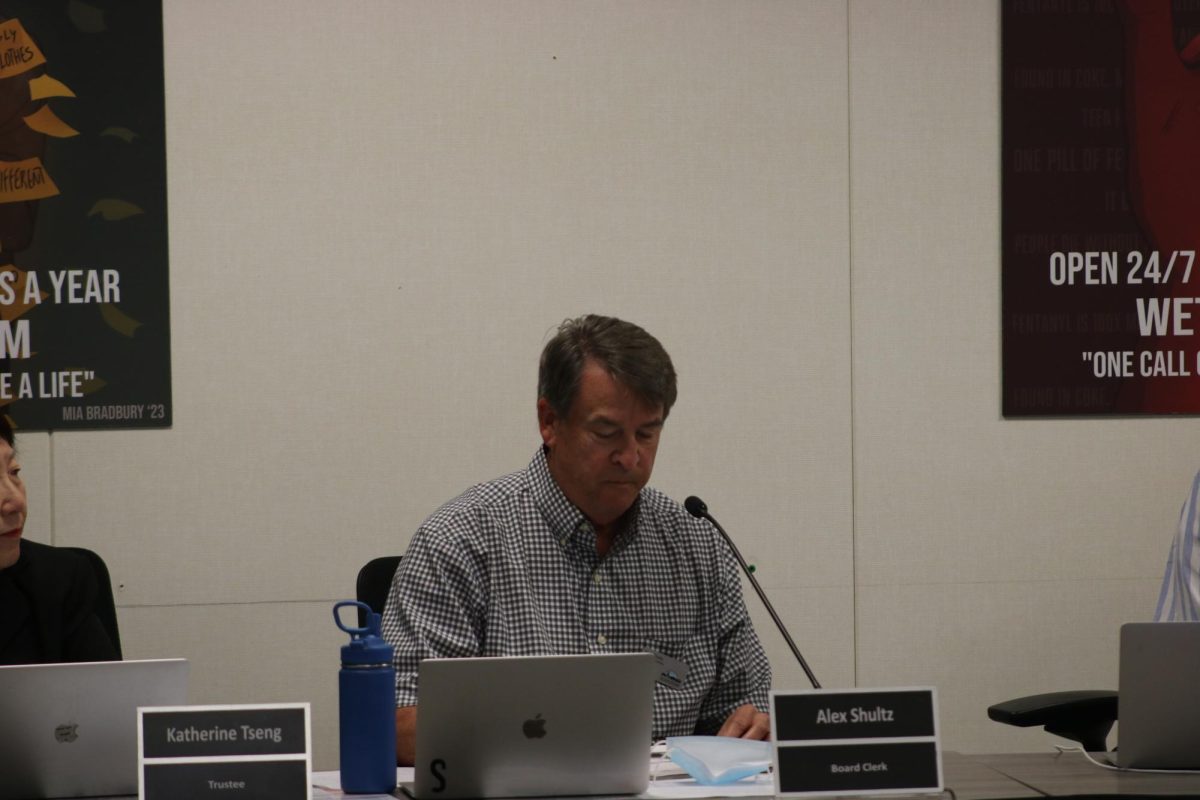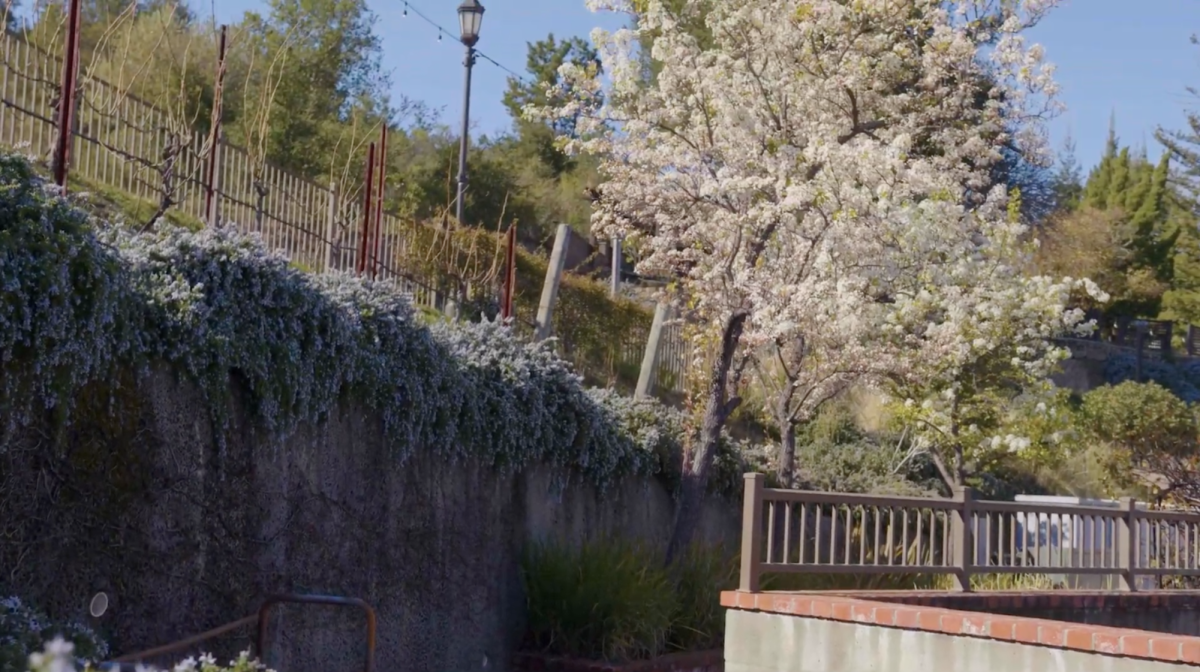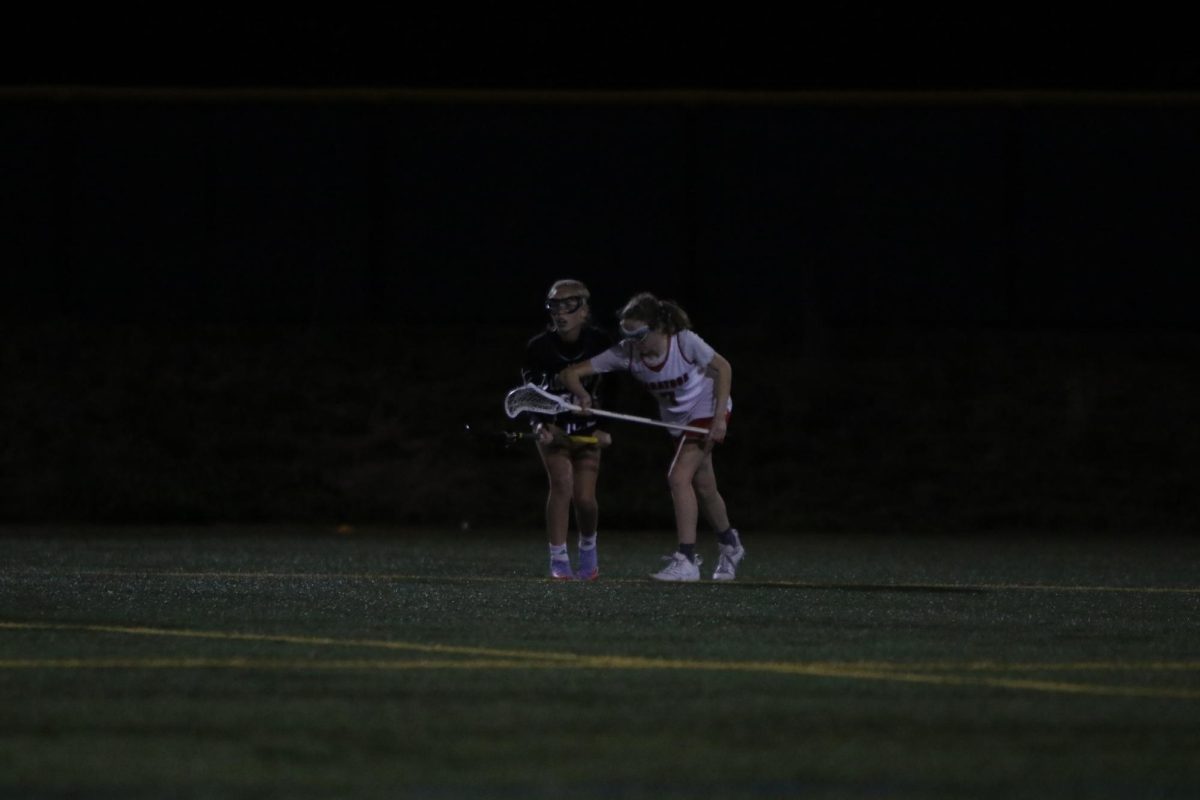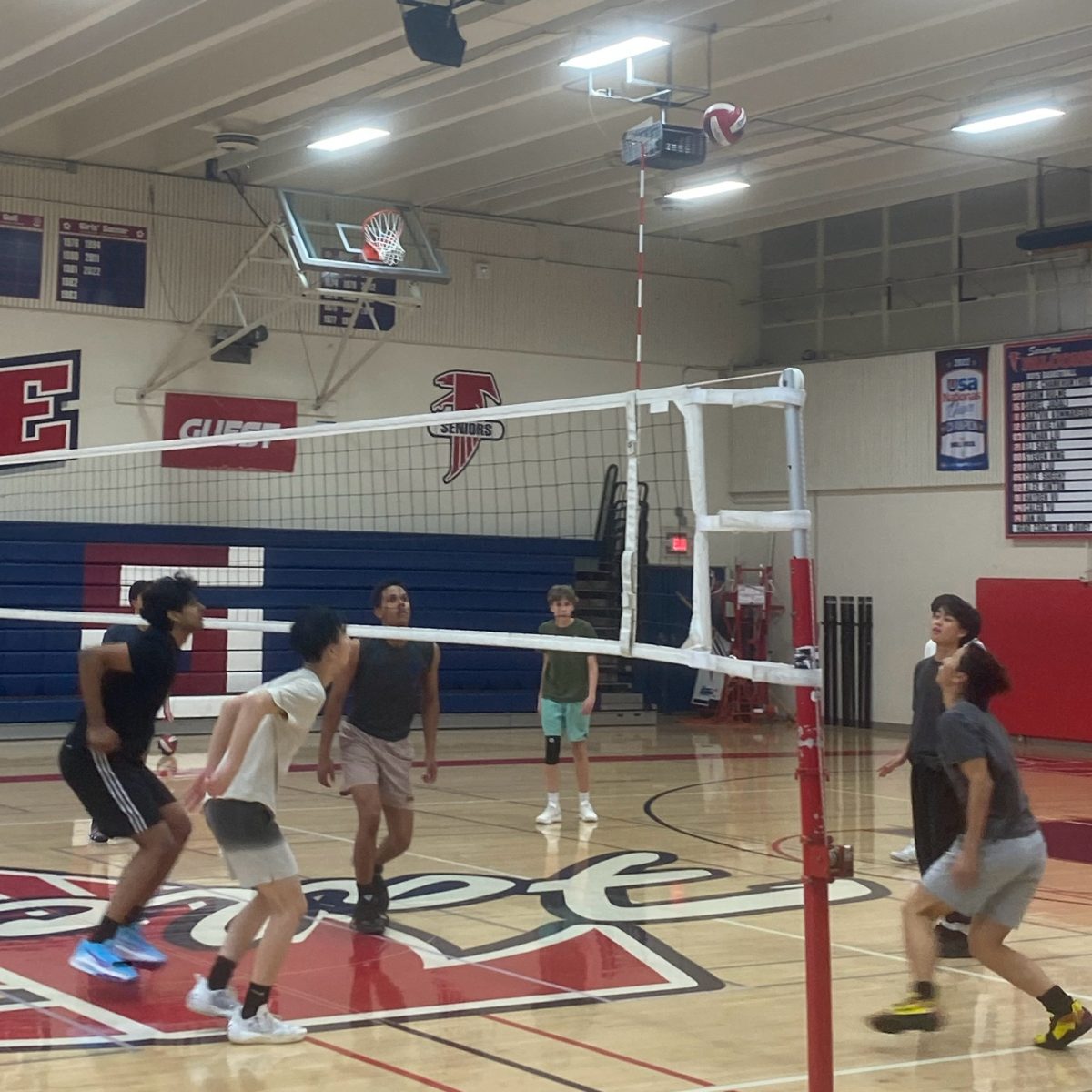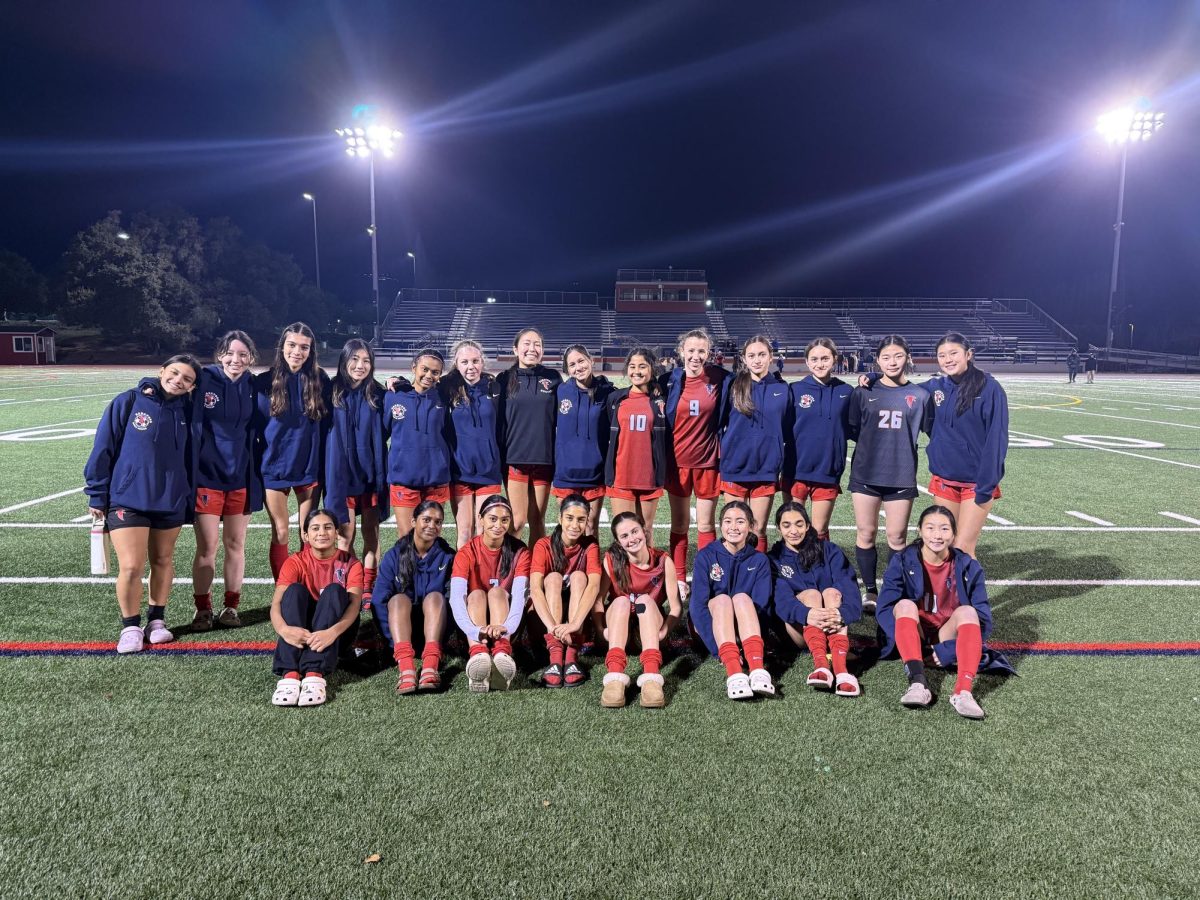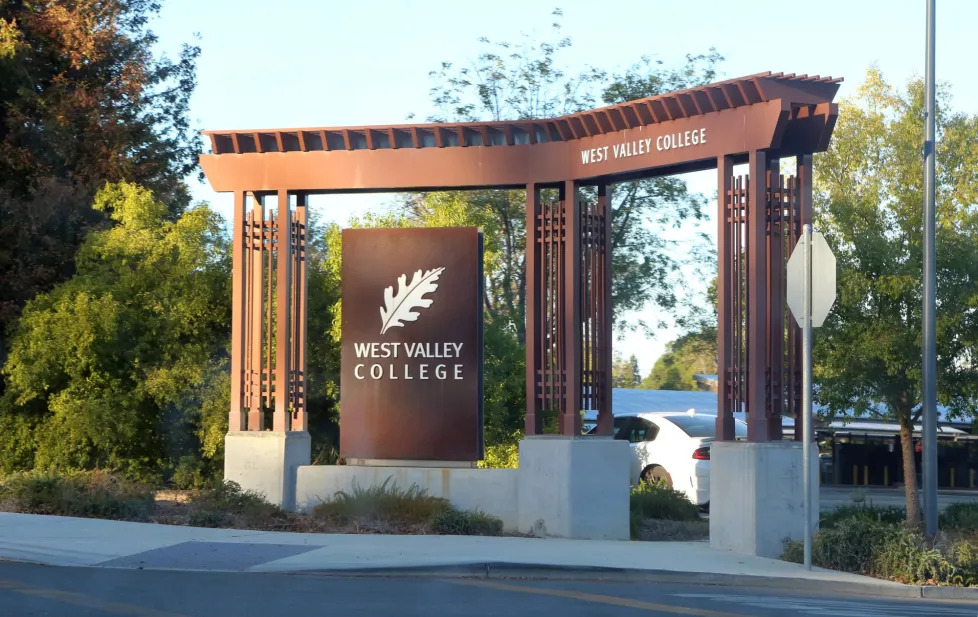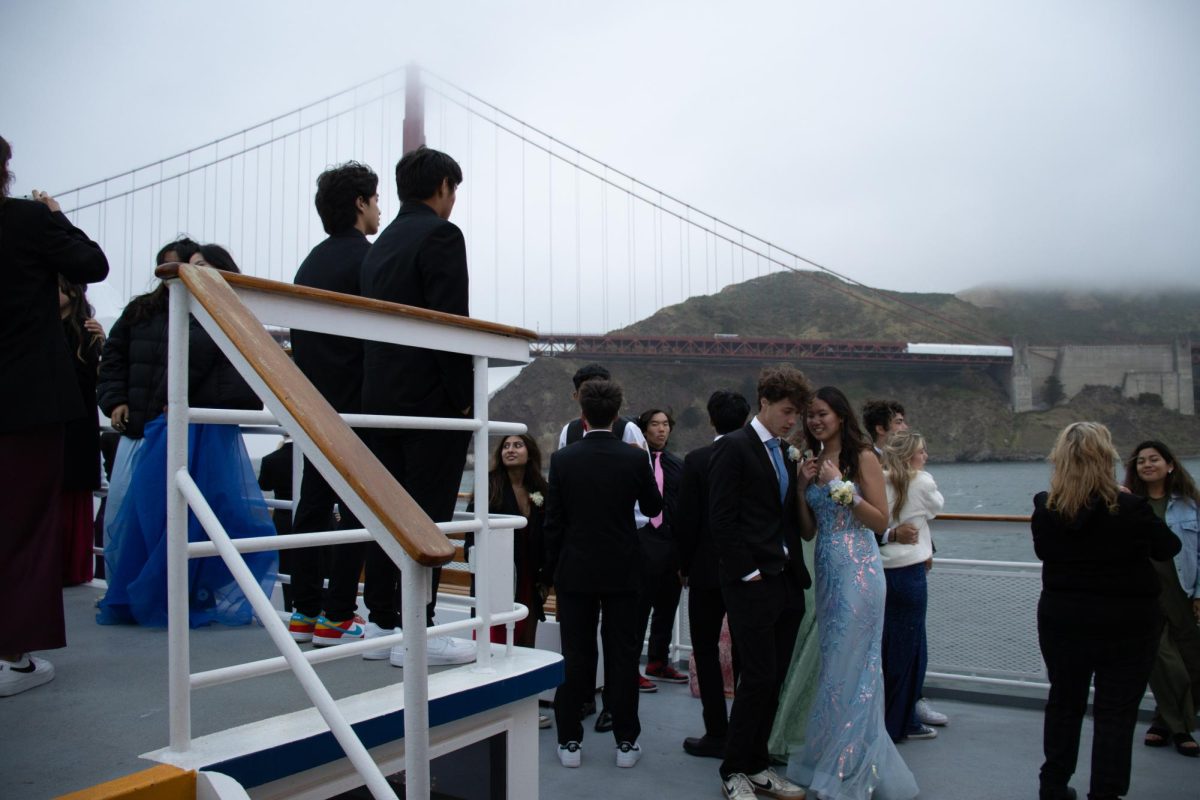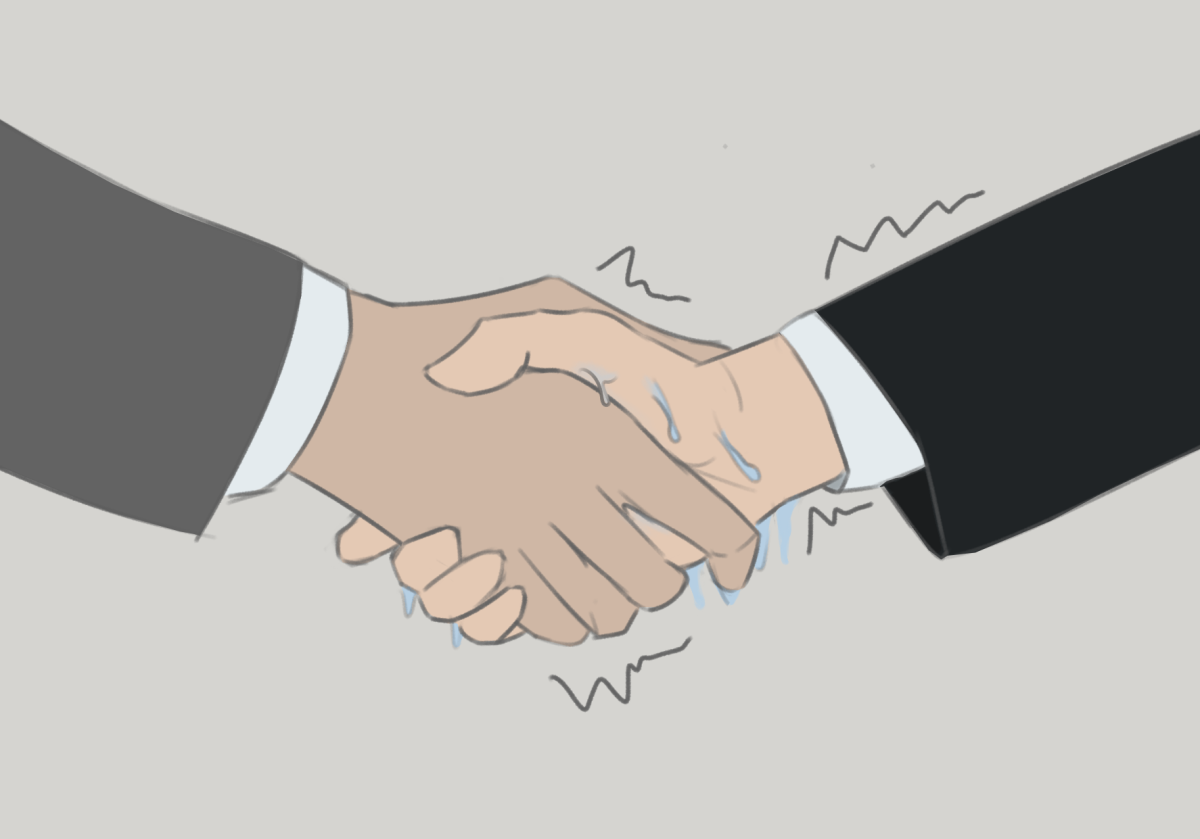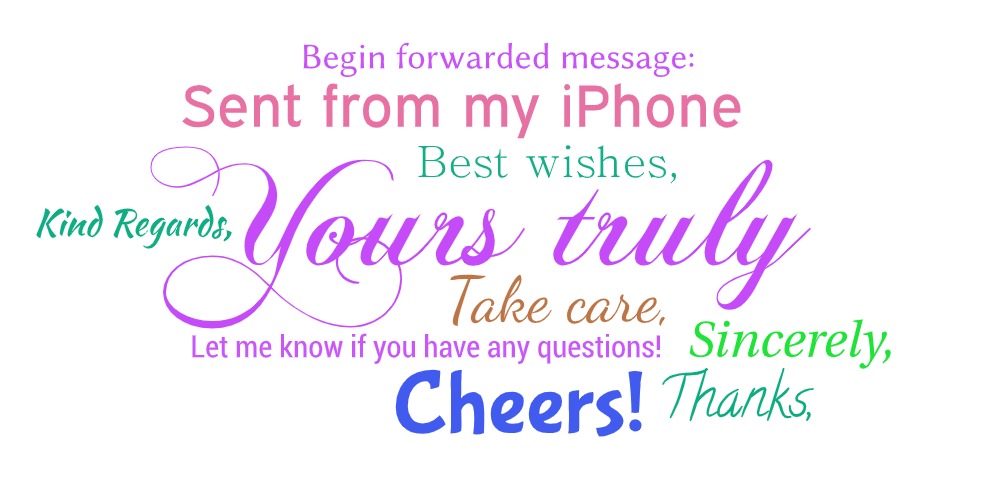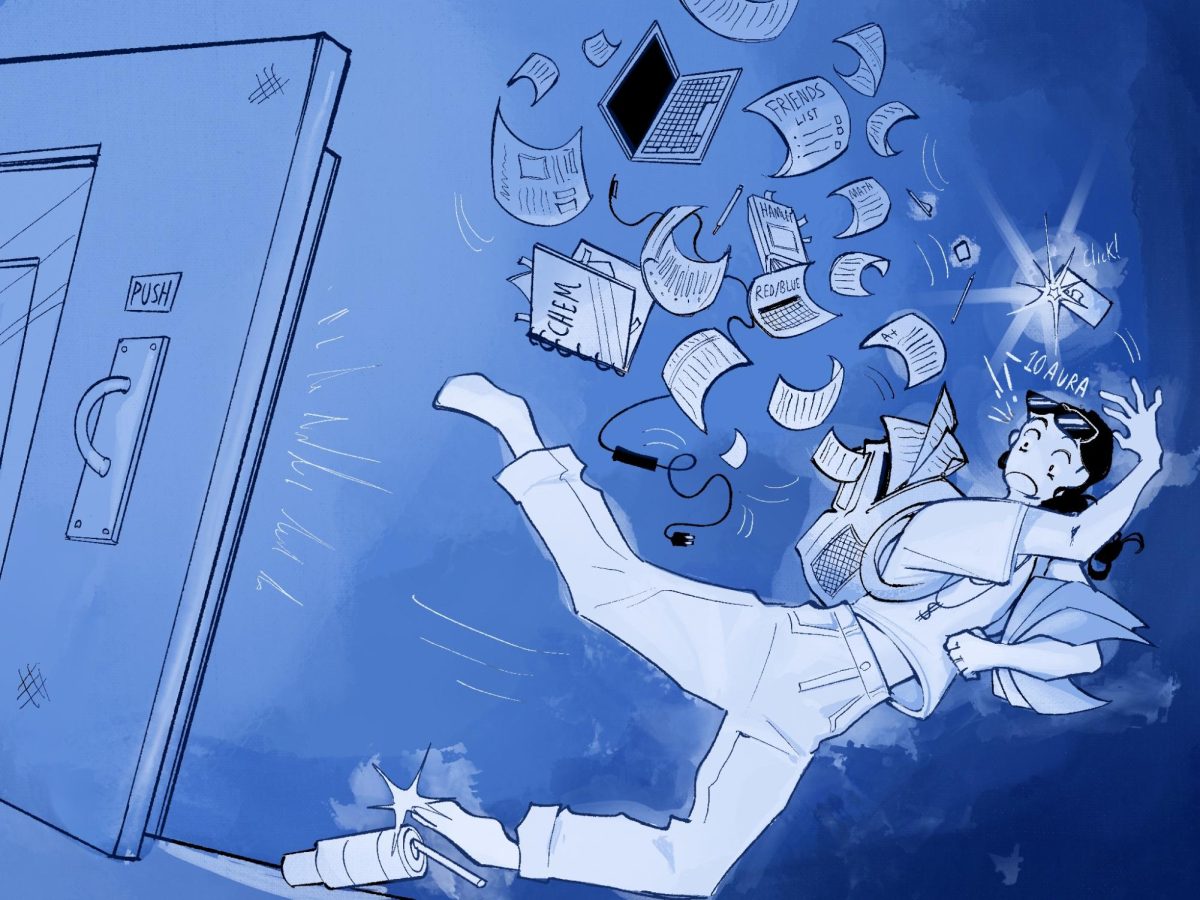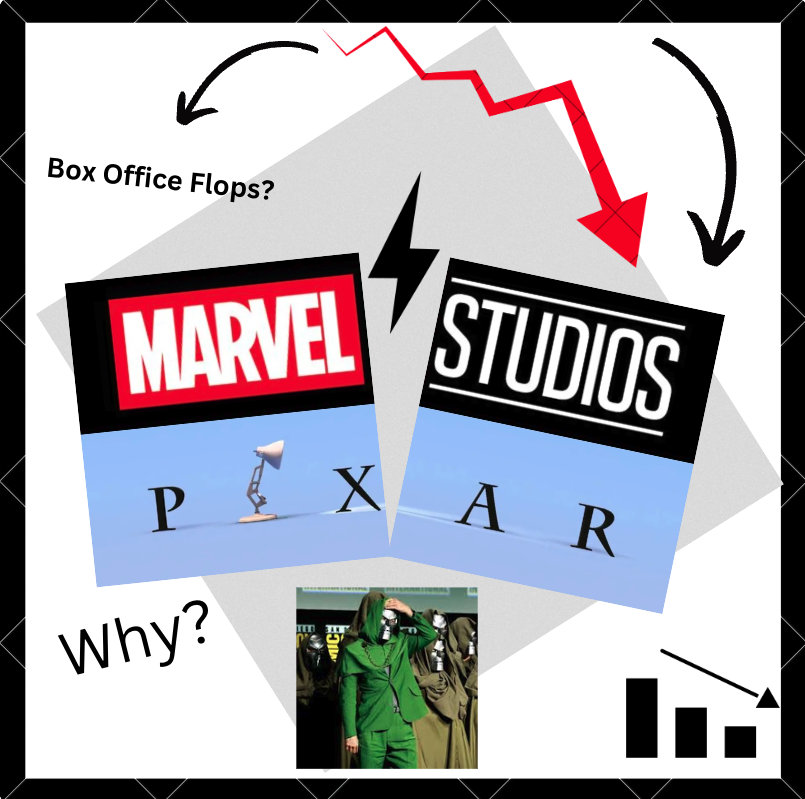In the past, Marvel has been the pinnacle of superhero fiction, where iconic characters converge and legendary stories unfold. The studio comes to mind first when action movies are discussed. Consecutive massive box office hits and everlasting character legacies are only a few defining reasons Marvel is so highly regarded.
Then there is Pixar, which represents the peak of animated storytelling, where imagination has no limits and emotions come to life. The company has kept memories of childhood and animated characters close to the audience’s heart. While personal preference varies when it comes to genre and style, there is no doubt that these two movie studios are two of the greatest pillars in the movie industry.
Since both are owned by Disney, it seems that the success of these studios can be derived from their common foundation: The writing, screenplay and thematic messaging that were once far above par, setting the standards for all film production companies.
However, both studios’ recently declining authenticity and creativity reveals a failure that can, unfortunately, also be attributed to Disney. As I see the creativity and passion of Pixar, Marvel and Disney continue to sink lower, I am left with an aching nostalgia for the peak times of each studio — a level of success that would require major direction changes to recover.
While on the surface it seems that individually unsuccessful movies are plaguing these studios, unpopular movie-after-movie reveals a more serious issue: Pixar turns to making sequels over new movie ideas too frequently, and a lack of genuine message or heart in Marvel dims its current reputation.
In the beginning, Pixar’s success was built on innovative stories that introduced new worlds and characters. Its world-famous movies such as “Up” in 2009 and “Inside Out” in 2015 left lasting impressions on audiences. The films brimmed with imagination, lighthearted wit and captivating storylines. For example, “Up” uses the perfect blend of emotion, action and humor to create an emotional journey of love, loss, adventure and rediscovery.
While the beginning of the movie establishes Carl Fredricksen’s emotional devastation following the loss of his wife, the second half illustrates his complex character development, as he embarks on an adventure with Russell, an overly sincere and enthusiastic child. Through this journey, Carl not only confronts his personal grief but also battles an unexpected villain, but Pixar manages to interject humorous remarks despite the weighty storyline, from the child-like innocence of Russell, to the personality clash between two main characters.
Contrast a classic like this with a plethora of recent sequels — such as “Inside Out 2” and the upcoming “Toy Story 5” and “Moana 2.” Although these sequels occasionally hit on success, it is clear that they increasingly lack originality.
Sequels inherently have a multitude of problems: The level of excitement from the original movie leaves viewers of sequels to come in with higher expectations and more sensitive critique, while movie-makers have to grapple with storytelling and character development limitations.
For movie-makers, a continued movie franchise instead of a new and original one often produces the challenge of extending a story that was initially intended to be self-contained. This leads to narratives that are forced or less compelling, as the creative teams grapple with building a successful foundation, without diminishing its quality and tarnishing the characters. The Cars franchise exemplifies this failure to build upon a highly set standard, as “Cars 2” from 2011 completely mismatched the genre of the original, losing the passion of fans.
The franchise’s second sequel is mainly criticized for its drastic turn away from the slower, character-driven story of the first “Cars” from 2006 and instead, a spy-action film. While the first movie was about personal growth, community, and nostalgia for small-town life, “Cars 2” suddenly became about secret agents, high-speed chases and an international conspiracy. This drastic shift alienated fans who expected the heartfelt, reflective tone of the original.
On the other hand, Marvel’s struggle is centered around the company’s films losing their authenticity. While comparing the modern movies to the three core films that invested audiences in Marvel to begin with (Iron Man, Captain America: The First Avenger and Thor), a common attribute that Marvel is recently deviating from is its motivational message.
These three movies all depict characters whose journey of growth drives the movie plot: The main characters’ flaws are evident. Their conflict puts everything on the line, but their goals and determination to accomplish them are unwavering. A personal, internal battle is an integral notion that captivates the audience by presenting a relatable struggle.
Contrary to this theme, more recently, Marvel has showcased the fighting prowesses of basic characters, rather than a genuine storyline. For example, “The Marvels,” a 2023 movie widely regarded as the worst film created by the studio, appears as if all of the effort was put into video effects. It is contaminated by the absence of emotion, suspense and tangible stakes, making the events that happen feel bland and forced.
This can be easily spotted through the villain Dar-Benn, whose character development, complexities and backstory leave an underwhelming and unrelatable impression on the eager fans. Her plan to steal energy from other planets to restore her homeworld is undermined by the neglect of the personal or tragic side of her motivation. Villains with well-defined, emotional reasons for their actions often create tension because their goals have an emotional logic that resonates with the audience, and the film doesn’t nearly give audiences a reason to care about the homeworld or understand its plight deeply.
One final controversy revolving around Marvel right now is none other than the return of Robert Downey Jr. (RDJ) — the actor for the legendary Iron Man — in the role of the villain Dr. Doom. For many, RDJ’s name is forever associated with Iron Man, despite his character’s death and his new role.
Returning him to the Marvel Cinematic Universe (MCU), however, is an obvious move to garner attention. Seeing RDJ’s involvement in the MCU again ignites a certain restlessness in countless passionate fans and injures the legacy of Iron Man — one of Marvel’s core icons.
Marvel and Pixar are two iconic studios that have proven time and time again that they deserve their spot in the pantheon of movie entertainment. However, when a lack of creativity combines with the absence of authenticity, even the best writers cannot uphold the expected quality level of either franchise. It is not the flashy and unoriginal characters and scenes that make a movie great, but rather its intention and originality.

